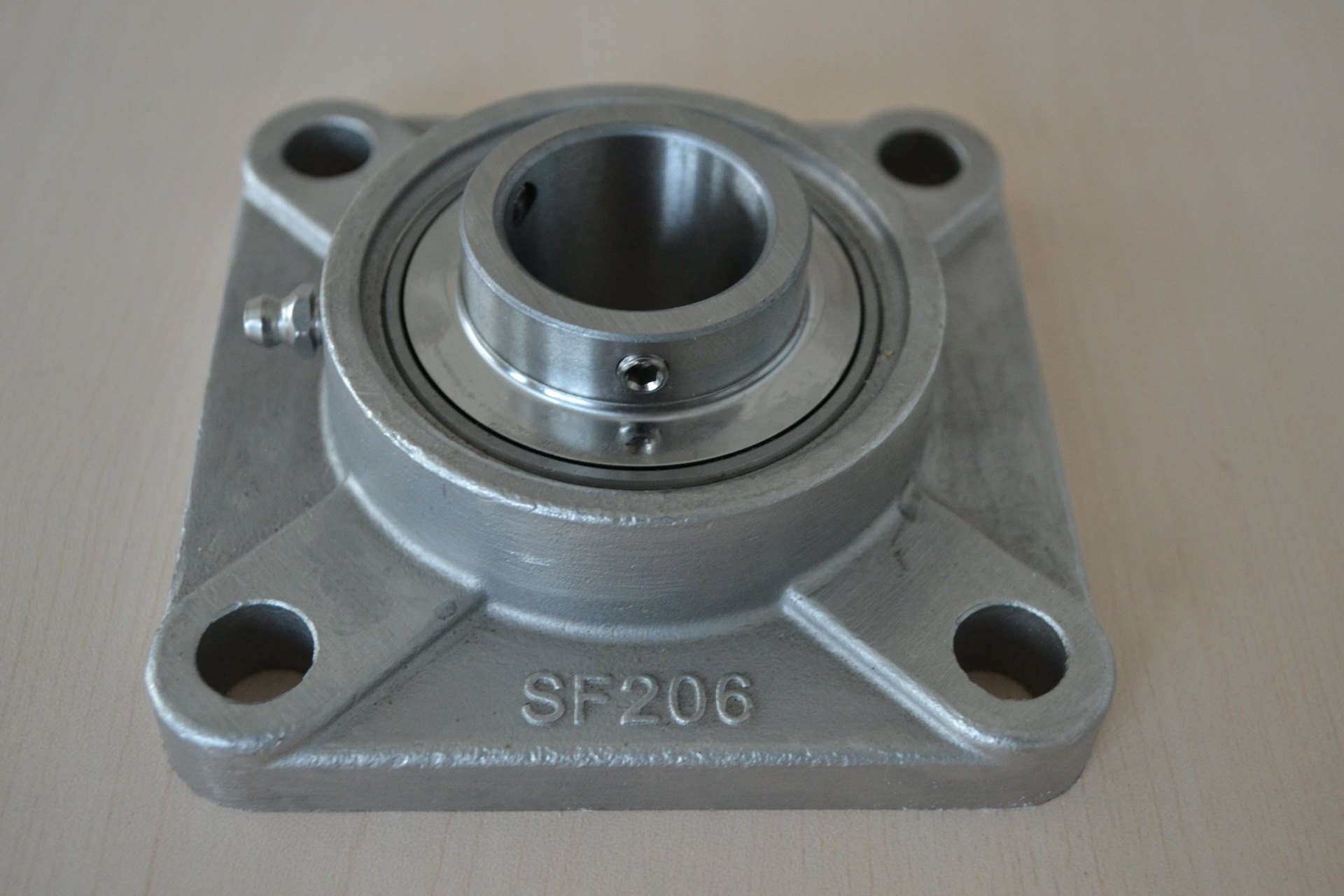服务热线
0512-57440069
Get SMS verification code


2020-12-22
Stainless steel bearings also need rust protection? Yes, as long as there is a relative carbon content, there is the possibility of rusting, but the smaller the carbon content, the less likely it is to rust!
Why does stainless steel rust? When there are brown rust spots on the surface of stainless steel pipe, people are surprised: they think that "stainless steel will not rust, rust is not stainless steel, there must be steel quality problems". In fact, stainless steel will rust under certain conditions.
Stainless steel has the ability to resist atmospheric oxidation - that is, it is not rusty, but also has the ability to resist corrosion in the medium containing acid, alkali and salt - that is, corrosion resistance. However, the corrosion resistance varies with the chemical composition of the steel itself, additive state, service conditions and environmental media type. For example, 304 steel pipe has excellent corrosion resistance in dry and clean atmosphere, but if it is moved to coastal areas, it will rust quickly in the sea fog containing a large amount of salt, while 316 steel pipe will show. Therefore, not all stainless steel, in any environment can be resistant to corrosion, rust.

Stainless steel has a thin, fine and strong stable protective film (chromium rich oxide film) on the surface to prevent the continuous penetration and oxidation of oxygen atoms, so it has the ability of corrosion resistance. If, for some reason, the protective film is constantly damaged, the iron atoms of stainless steel are continuously separated, or oxygen atoms in air or liquid will continuously penetrate into the surface, forming loose iron oxide, and the surface of stainless steel will be continuously corroded. There are many forms of surface film damage, which are common in daily life.
1. There are dust or heterogeneous metal particles on the surface of stainless steel which contain other metal elements. In humid air, the condensation water between the attachment and stainless steel connects them to form a micro battery, which causes electrochemical reaction and damages the protective film, which is called electrochemical corrosion.
2. The surface of stainless steel products contains acid, alkali and salt substances (such as lime water and alkaline water for wall decoration), resulting in local corrosion.
3. The organic juice (such as noodle soup, melon and vegetable, phlegm, etc.) adhered to the surface of stainless steel products, which formed organic acid in the presence of water and oxygen. The corrosion of the organic acid on the metal surface would occur for a long time.
4. In the polluted air (such as the atmosphere containing a large amount of nitrogen oxide, sulfide and carbon oxide), sulfuric acid, acetic acid and nitric acid liquid points will be formed when encountering condensate water, causing chemical corrosion. 5. The above conditions can cause the damage of the protective film on the surface of stainless steel and cause corrosion. Therefore, in order to ensure that the surface of stainless steel door lock is bright and not corroded, it is recommended that:
(1) In coastal areas, 316 stainless steel should be used as far as possible, which can resist seawater corrosion.
(2) It is necessary to clean and scrub the surface of stainless steel lock to remove the attachment and eliminate the external factors causing corrosion.
(3) The chemical composition of some stainless steel materials in the market does not meet the corresponding national standards, and can not meet the requirements of 304 material. Therefore, it will also cause rust, which requires Yuwei bearing company to strictly require raw material suppliers to ensure the authenticity of materials!
